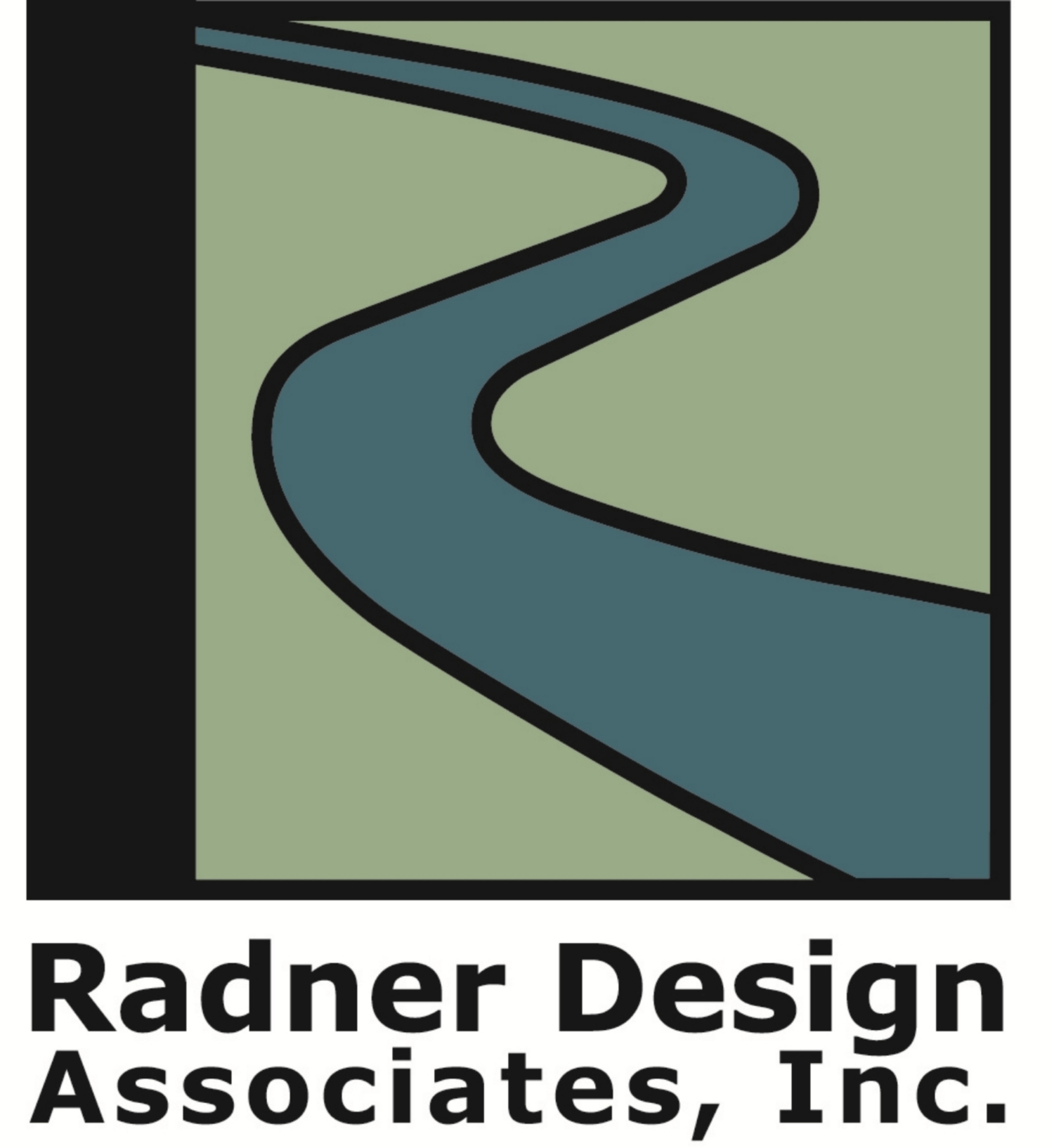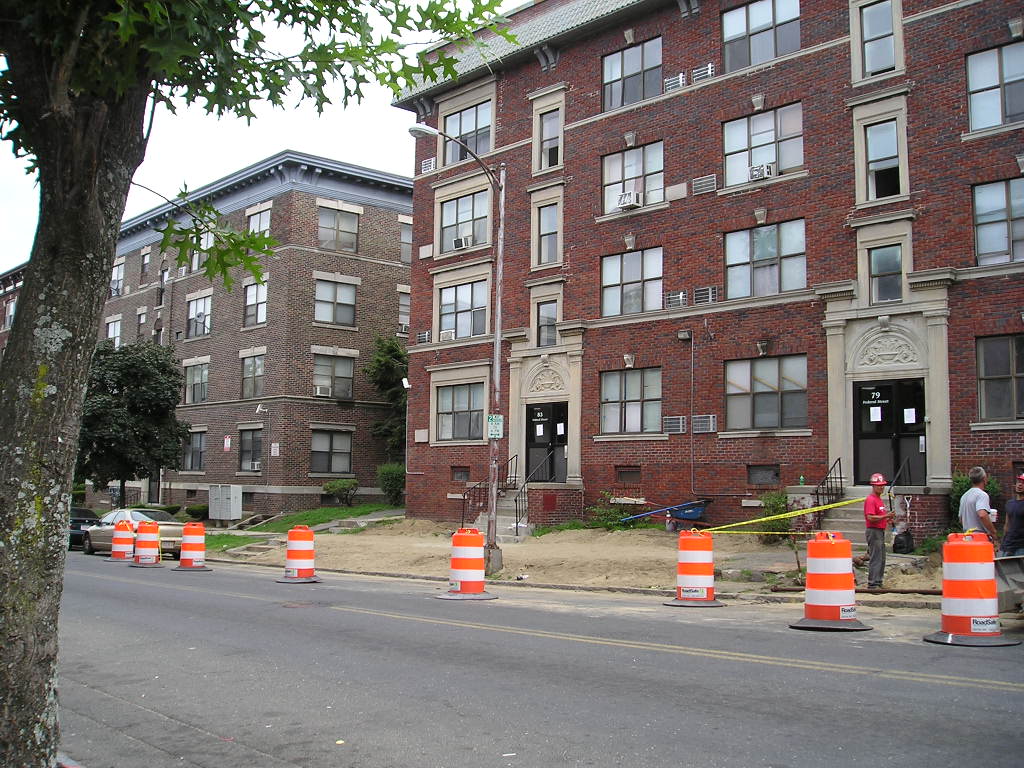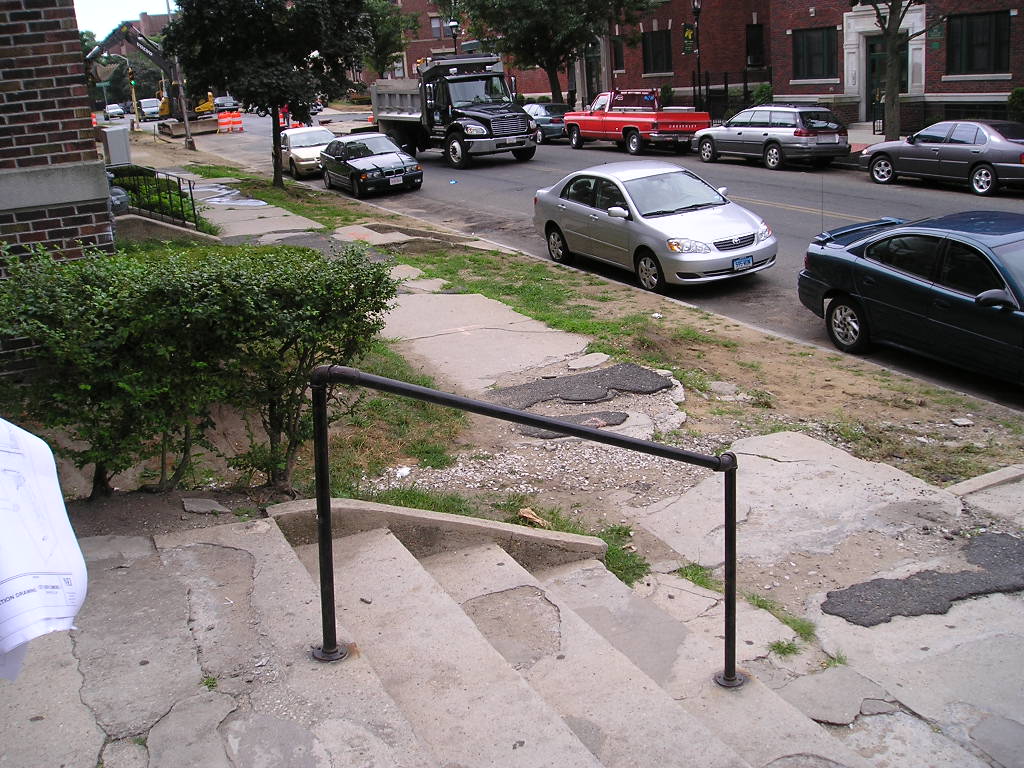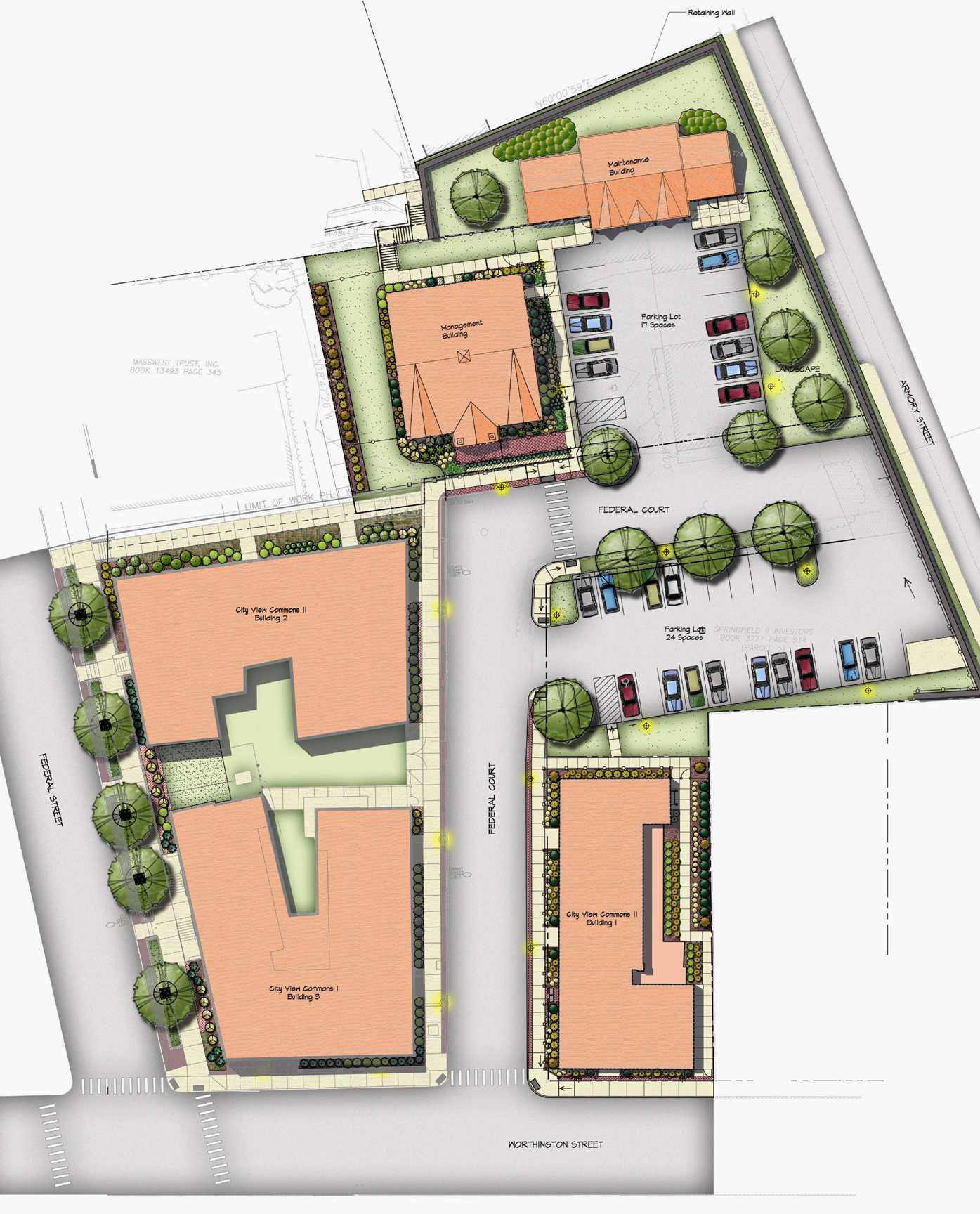We often visit downtown Boston and act like tourists. Our usual routine is to drive downtown, park on one of the piers in the North End, eat Italian food and then stroll through Christopher Columbus Park, view the seals at the aquarium, circle through Quincy Marketplace, and then back to the car. The place is packed. With the removal of the elevated and maligned Central Artery, the sun now shines on large swaths of downtown. People congregate in the new parks, ride the (temporary) carousel, play in the fountains and generally move easily across the lanes of slow traffic on the new surface artery. It has become a place for children. This begs the question, what if the elevated highway through Boston was never built? I highly recommend the recently released book “The Big Roads” by Earl Swift. Mr. Swift takes us on a journey through the history of the interstate highway system, mostly focusing on the people and the process of its development traced back to the invention of the auto. The idea of a national system of highways (or is it a system of national highways?) long predates the Eisenhower administration.
The author takes a balanced and objective approach to his analysis of the highway system’s impacts on the landscape and our social fabric. While smooth, fast and well maintained limited access highways clearly provided the economic engine that fueled the growth of the U.S. after World War II, they also gave us sprawl and edge cities, dramatically increased air pollution, and tore through city centers, displacing thousands of mostly lower class folks who did not have the power or money to fight city hall.
To me, this is the most interesting part of the story as it relates to land development. The engineers charged with designing the system decided to route highways into and through city centers. As construction progressed into the 1960’s, public opposition to this strategy grew as did so many other aspects of social activism of that decade. We take it for granted today that great public works projects will be reviewed in a reasonably open public process, but the role of the highway engineer used to be all powerful in deciding routing and design. With the advent of the environmental movement and the anti-war movement, the country began to question our own blind faith in government decision making. As a result, the engineers for the first time had to hold public hearings to vet plans, and then they had to work alongside planners, landscape architects, urban designers and grass roots community activists to achieve consensus.
The result is a blessing and a curse for the designers of today. While the idea of being able to design a public space without input from the local community is attractive, I readily admit that public comment and review has resulted in the betterment of certain projects I have been involved in. That’s democracy at its finest. If you only want to express yourself artistically in a vacuum, become an artist, not an architect. Even Frank Gehry has to go though the Zoning Board of Appeals. But I digress.
The removal and burial of the I-93 Central Artery, otherwise known as the "Big Dig", through downtown Boston created a once in a lifetime opportunity for healing the fabric of the city, but the highway is still there (at great cost). At the end of the book we are left to wonder if, in the 1950’s, the powers that be had decided to terminate the route at the north and south ends of downtown, what the social, economic and political impacts would have been for downtown and the inner suburbs. San Fransisco is currently finding out. After the Loma Prieta quake of '89, they tore down the part of the Embarcadero Freeway that cut off downtown from the waterfront.
What would the impact have been on traffic flow throughout the Boston region? Would 128, our inner loop highway, be a continuous parking lot, widened to 6 lanes in each direction (sounds like L.A.)? Would the mass transit system be twice its current size, with fixed rail reaching far into the suburbs? With no central artery highway, would downtown Boston have died in the 1960’s or thrived?
A more pertinent question for today is, can we mend the fabric of city centers by removing these intra-city highways, and what would the impact be on the movement of people and goods? The creation of the Rose Kennedy Greenway over the buried artery is the beginning of a decades’ long experiment in city building. I am excited to be living near that laboratory so I can observe the results.



